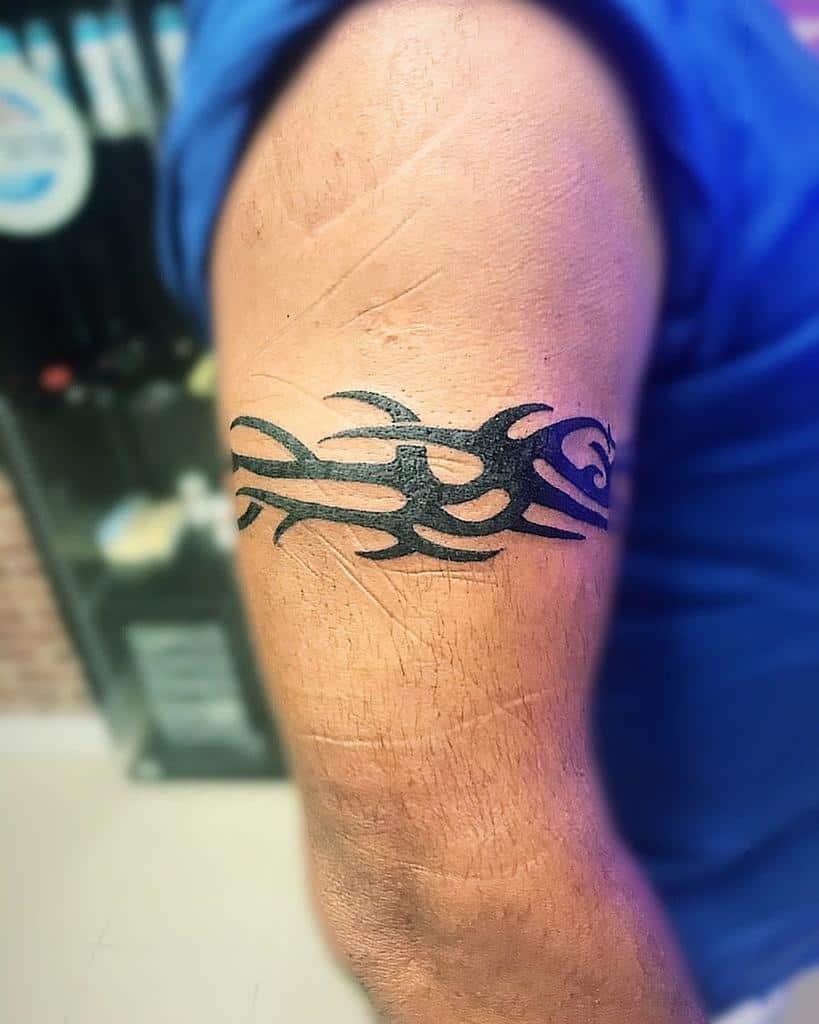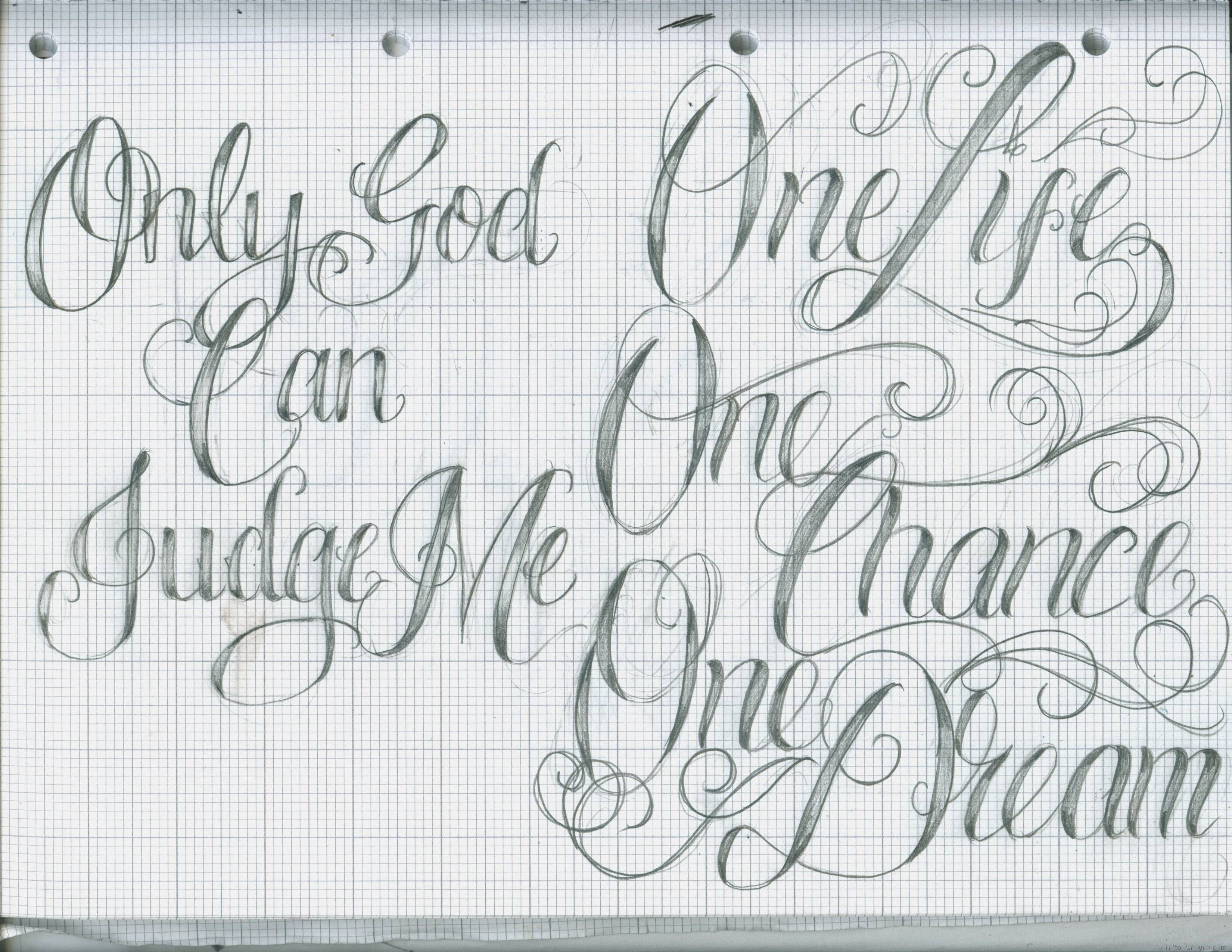WW1 Bayonets History

Introduction to WW1 Bayonets

The bayonet, a weapon with a long history dating back to the 17th century, played a significant role in World War I. Attached to the muzzle of a rifle, the bayonet allowed soldiers to engage in close combat, transforming their firearms into spears for hand-to-hand fighting. The use of bayonets during WW1 was widespread among all belligerent nations, each with its unique design, reflecting the technological, tactical, and cultural nuances of the time.
Evolution of Bayonets Leading Up to WW1

Before the outbreak of WW1, bayonets had undergone significant evolution, from the early plug bayonets that were inserted into the muzzle of muskets to the more sophisticated sword bayonets and finally to the blade bayonets that were standard issue during WW1. The development of firearms and the tactics of warfare drove these changes. By the late 19th and early 20th centuries, bayonets were designed to be more practical for modern warfare, with a focus on ease of attachment, durability, and effectiveness in close combat.
Bayonet Designs During WW1

During WW1, various countries developed their bayonet designs, often reflecting their military traditions and the specific needs of trench warfare, which characterized much of the conflict. - Germany developed the S98/05 bayonet, known for its sawback design, which was intended to be used for both combat and utility purposes, such as cutting barbed wire. - France used the Rosalie bayonet, initially designed for the Lebel rifle, which was later replaced by more practical designs like the Berthier bayonet. - Britain issued the Pattern 1907 bayonet, designed for the Lee-Enfield rifle, which became one of the most iconic bayonets of the war due to its simplicity, durability, and effectiveness. - United States entered the war with the M1905 bayonet, designed for the M1903 Springfield rifle, which, although less common on the battlefield, shared the principles of functionality and simplicity seen in other designs.
Tactical Use of Bayonets

The tactical use of bayonets during WW1 was influenced by the static nature of trench warfare. Bayonet charges, where soldiers would advance in formation with bayonets fixed, were less common due to the lethality of machine gun fire and artillery. Instead, bayonets were often used in more confined and surprise attacks, such as during trench raids or when clearing out enemy positions. The psychological impact of the bayonet, symbolizing close and personal combat, was also significant, as it was perceived as a weapon of last resort, used when the enemy was at arm’s length.
Impact of Bayonets on Warfare

The use of bayonets in WW1 had a profound impact on the perception of warfare. The intimacy and brutality of bayonet combat led to a reevaluation of the human cost of war. Furthermore, the industrial nature of WW1, with its emphasis on machine guns, artillery, and gas, somewhat diminished the role of the bayonet in actual combat scenarios. However, the bayonet remained a crucial element of military training and psychological preparation for soldiers, symbolizing the ultimate test of courage and combat readiness.
Legacy of WW1 Bayonets

The legacy of WW1 bayonets extends beyond their use in combat. They have become collector’s items, symbols of a bygone era, and reminders of the soldiers who carried them into battle. The study of WW1 bayonets also provides insights into the military history of the period, the evolution of weaponry, and the cultural and social aspects of warfare. In museums and private collections, these bayonets are preserved and displayed, serving as tangible connections to the past, reminding us of the significance of understanding history to navigate the complexities of the present.
📝 Note: The preservation and study of WW1 bayonets are crucial not only for military historians but also for the general public, as they offer a unique window into the experiences of soldiers during one of the most pivotal moments in modern history.
In reflection, the story of WW1 bayonets is one of technological innovation, tactical adaptation, and the enduring symbol of combat’s most personal and intimate form. As we look back on the history of these weapons, we are reminded of the complex interplay between technology, society, and warfare, and the profound impact that such factors have on the course of human conflict.
What was the primary use of bayonets during WW1?

+
The primary use of bayonets during WW1 was for close combat, particularly in trench warfare scenarios where soldiers engaged in hand-to-hand fighting.
Which countries developed unique bayonet designs for WW1?

+
Several countries, including Germany, France, Britain, and the United States, developed their unique bayonet designs, reflecting their military traditions and the needs of modern warfare.
What is the legacy of WW1 bayonets today?

+
Today, WW1 bayonets are primarily collector’s items and historical artifacts, serving as reminders of the soldiers who used them and the nature of warfare during WW1. They are preserved in museums and private collections, offering insights into military history and the cultural aspects of war.



